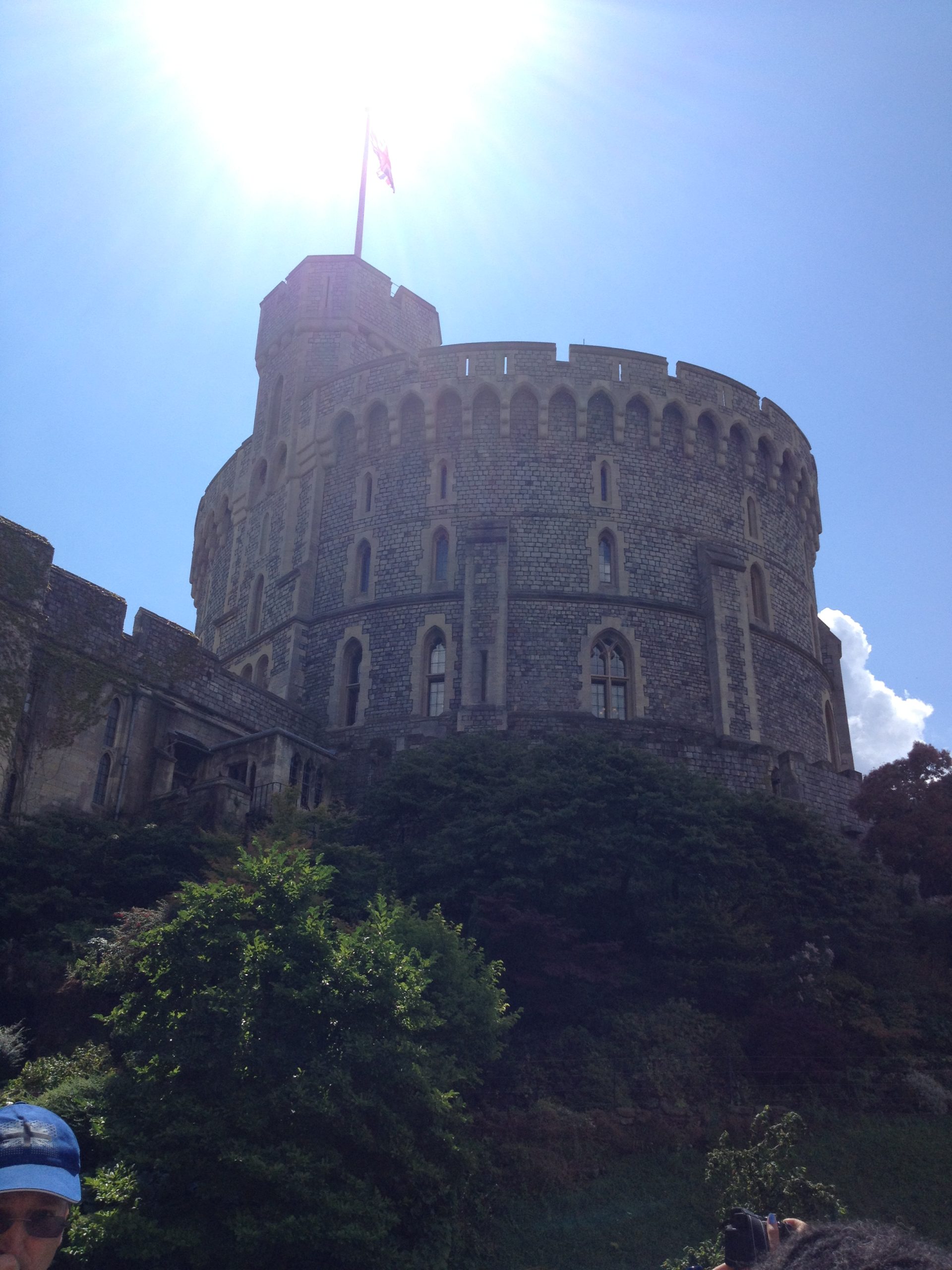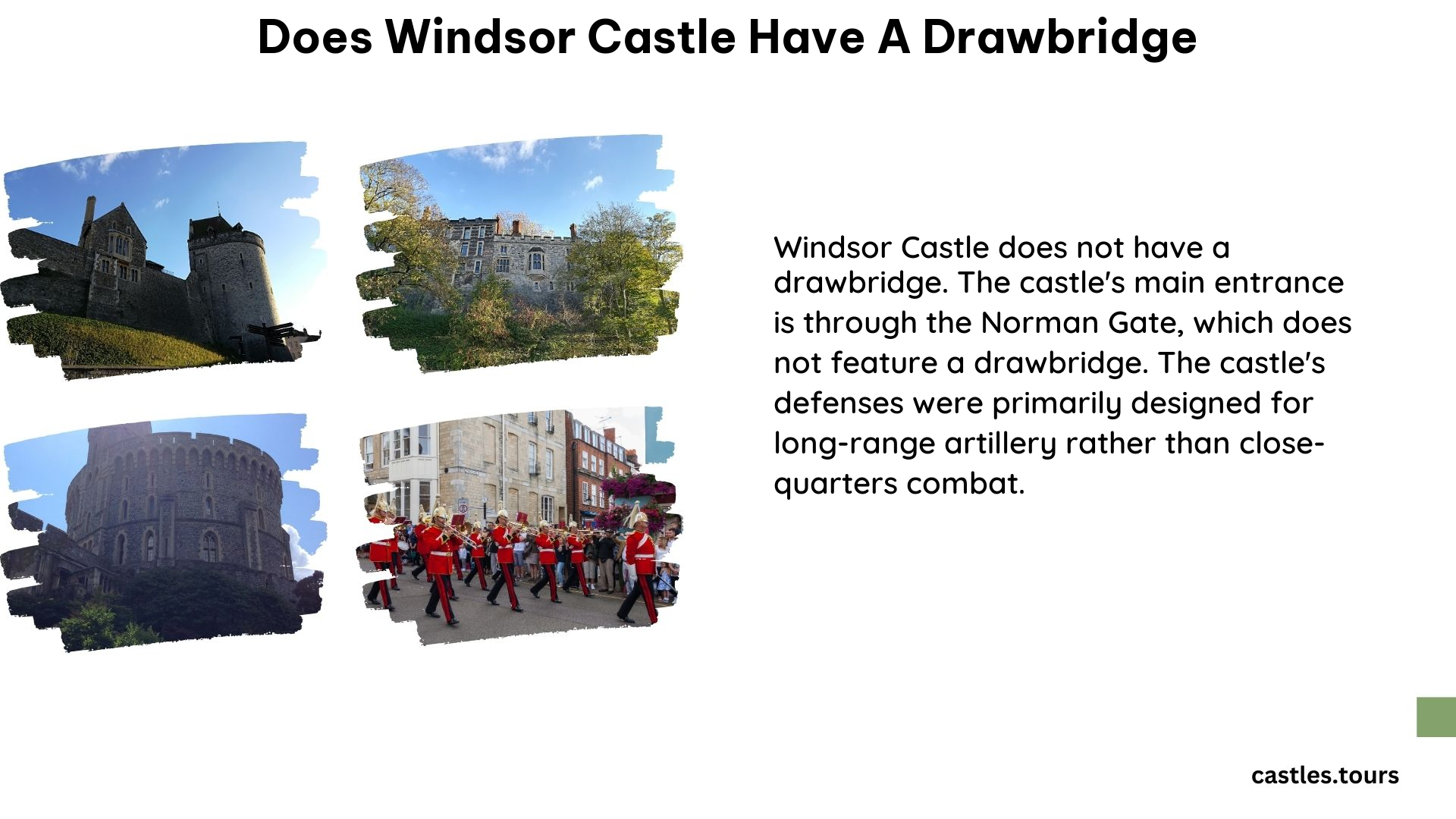Windsor Castle, one of the most iconic and historically significant royal residences in the United Kingdom, is a fascinating architectural marvel that has captivated visitors for centuries. As a castle enthusiast, you may have wondered whether this grand structure features a drawbridge, a quintessential defensive element of medieval fortifications. In this blog post, we’ll explore the answer to the question: Does Windsor Castle have a drawbridge?
The Absence of a Drawbridge at Windsor Castle

The short answer is no, Windsor Castle does not have a drawbridge. This may come as a surprise to some, as drawbridges are often associated with the classic image of a castle. However, the design and evolution of Windsor Castle over the centuries have not included the incorporation of a drawbridge as part of its defensive structure.
The Original Motte-and-Bailey Fortification

Windsor Castle’s origins can be traced back to the 11th century, when it was constructed as a motte-and-bailey fortification. This type of castle design consisted of a central mound (the motte) with a bailey, or courtyard, surrounding it. The bailey was typically enclosed by a wooden palisade or stone wall, and the motte was often topped by a wooden tower or keep.
In the case of Windsor Castle, the original design featured three wards, or enclosures, surrounding the central motte. This layout was typical of motte-and-bailey castles, which were primarily designed for defensive purposes rather than residential comfort.
The Transition to Stone Fortifications
Over time, the wooden structures of the original motte-and-bailey castle were gradually replaced with more durable stone fortifications. This process of transformation was common in many medieval castles, as the need for stronger defenses against evolving military technologies became increasingly important.
As Windsor Castle’s stone walls and towers were constructed, the overall layout and design of the castle evolved, but the absence of a drawbridge remained a consistent feature. Instead, a bridge was built over the ditch to the south of the castle, providing easier access to the surrounding parkland.
The Importance of Accessibility
One of the key reasons why Windsor Castle did not incorporate a drawbridge was the emphasis on accessibility and convenience. As a royal residence, the castle needed to be easily accessible for the monarch and their entourage, as well as for visitors and guests.
A drawbridge, while serving as a formidable defensive measure, would have made it more challenging to enter and exit the castle. By opting for a permanent bridge, the designers of Windsor Castle prioritized the practical needs of the royal household and the ease of movement in and out of the castle.
The Changing Role of Castles
The evolution of castle design over the centuries reflects the changing nature of warfare and the shifting priorities of those who occupied these fortified structures. As castles transitioned from primarily defensive structures to more residential and ceremonial spaces, the need for certain defensive features, such as drawbridges, became less crucial.
In the case of Windsor Castle, the emphasis on accessibility and convenience, as well as the castle’s role as a royal residence, contributed to the decision to forgo the inclusion of a drawbridge. Instead, the castle’s designers focused on creating a more welcoming and accessible environment for the monarch and their guests.
The Architectural Significance of Windsor Castle
Windsor Castle is a remarkable example of the evolution of castle architecture in the United Kingdom. Its absence of a drawbridge, while unusual for a castle of its stature, is a testament to the unique design choices and priorities that shaped its development over the centuries.
The castle’s impressive stone walls, towers, and other defensive features still stand as a testament to its rich history and the ingenuity of its builders. Visitors to Windsor Castle can marvel at the grandeur of this iconic royal residence, while also appreciating the nuances of its architectural design and the factors that influenced its development.
Conclusion
In conclusion, Windsor Castle, despite its impressive defensive features and long history, does not have a drawbridge. This absence is a reflection of the castle’s unique design and the priorities of its builders, who prioritized accessibility and convenience over the inclusion of a traditional defensive element.
As you explore the wonders of Windsor Castle, remember that the absence of a drawbridge is just one of the many fascinating aspects of this iconic royal residence. Whether you’re a castle enthusiast or simply someone who appreciates the beauty and history of these remarkable structures, Windsor Castle is sure to captivate and inspire.
